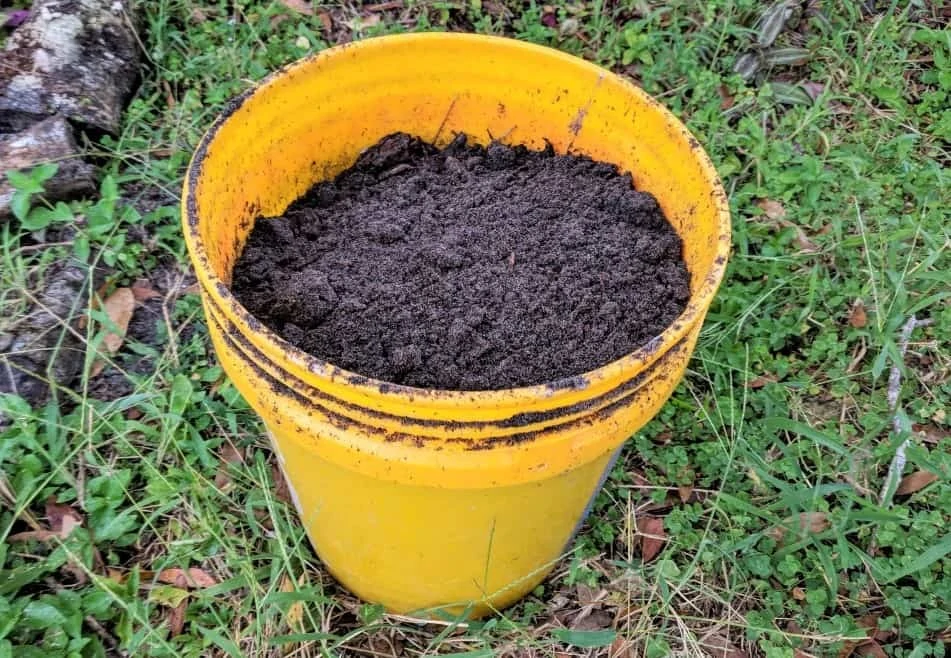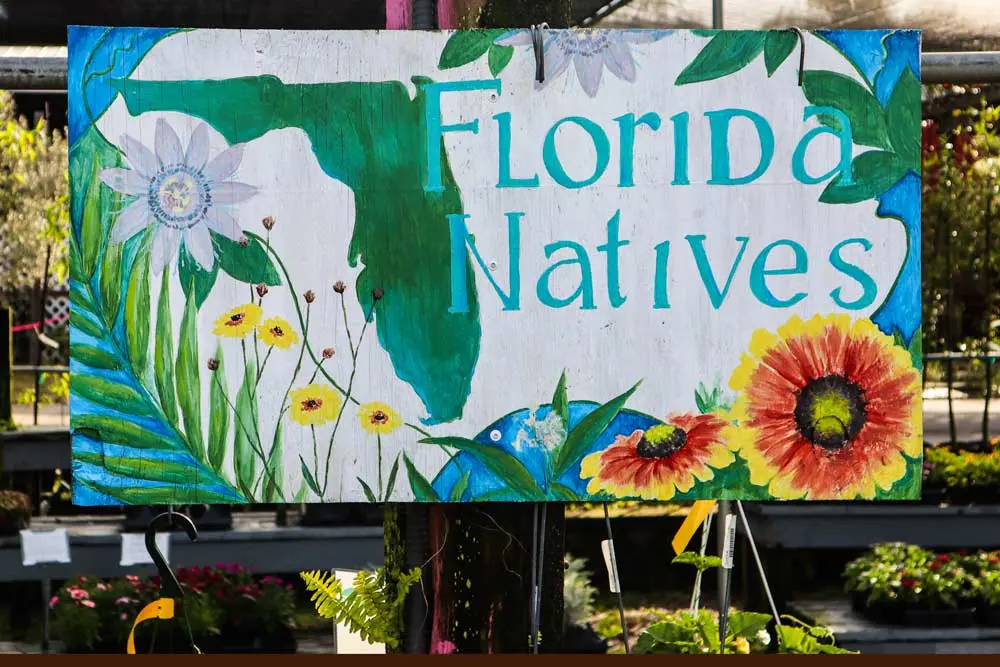By Amanda Rose Newton
As the sweltering summer heat begins to wane, Central Florida welcomes a new gardening season ripe with opportunities. Fall gardening in this vibrant region not only offers a reprieve from the intense sun but also allows gardeners to cultivate a diverse array of plants, from vibrant flowers to hearty vegetables.

Whether you’re a seasoned green thumb or a budding enthusiast, this guide will equip you with the knowledge and tips to make your fall garden flourish in Central Florida’s unique climate.
Why Fall is the Perfect Time for Gardening in Central Florida
Central Florida’s subtropical climate, characterized by mild winters and hot, humid summers, creates an ideal environment for fall gardening. The transition into cooler temperatures reduces the stress on plants, minimizes pest activity, and extends the growing season. Additionally, the region’s distinct wet and dry seasons mean that fall often brings more manageable rainfall patterns, aiding in plant establishment and growth.
Benefits of Fall Gardening:
Optimal Growing Conditions: Cooler temperatures and increased humidity provide a conducive environment for plant growth.
Extended Season: Allows for multiple planting cycles within a year, maximizing garden productivity.
Reduced Pest Pressure: Many common garden pests are less active in cooler months, decreasing the need for intensive pest control.
Enhanced Soil Health: Fall rains help replenish soil moisture and nutrients, promoting healthy root development.
Selecting the Right Plants for Fall
Choosing the appropriate plants is crucial for a successful fall garden. Central Florida’s climate supports a variety of vegetables, flowers, herbs, and ornamental plants that thrive during this season.
Vegetables
Leafy Greens:
Lettuce: Varieties like Romaine and Butterhead are ideal.
Spinach: Thrives in cooler temperatures and provides a nutritious harvest.
Kale: Hardy and resistant to frost, perfect for continuous harvesting.
Root Vegetables:
Carrots: Planting in fall allows for sweeter, more flavorful roots.
Beets: Adaptable and can be harvested well into the winter months.
Brassicas:
Broccoli: Prefers the cooler climate and can produce multiple harvests.
Cabbage: Dense heads are robust against Central Florida’s mild winters.
Legumes:
Peas: Climbing varieties such as sugar snap and snow peas flourish in fall.
Flowers and Ornamentals
Marigolds: Add vibrant color and deter pests naturally.
Pansies and Violas: Thrive in cooler weather and offer a wide range of colors.
Snapdragons: Ideal for adding vertical interest and attracting pollinators.
Herbs:
Cilantro: Best planted in fall for a fresh, aromatic addition to your garden.
Parsley: Hardy and versatile, perfect for culinary uses.
Trees and Shrubs
Citrus Trees: Fall planting ensures strong root systems before the colder months.
Azaleas and Rhododendrons: Beautiful blooms that thrive in Central Florida’s climate.
Magnolias: Majestic, native, and evergreen, adding year-round beauty to your landscape.
Preparing Your Soil for Fall Planting
Healthy soil is the foundation of a thriving garden. Proper soil preparation ensures that your plants have access to essential nutrients and a conducive environment for root development.
Steps for Soil Preparation:
Soil Testing:
Conduct a soil test to determine pH levels and nutrient deficiencies.
Central Florida soils are often sandy; testing helps in amending appropriately.
Amending the Soil:
Organic Matter: Incorporate compost or well-rotted manure to improve soil structure and fertility.

Mulching: Apply a layer of mulch to retain moisture, regulate soil temperature, and suppress weeds.
pH Adjustment:
Most vegetables prefer a pH between 6.0 and 7.0.
Add lime to raise pH or sulfur to lower pH as needed based on soil test results.
Tilling and Aeration:
Loosen the soil to a depth of 6-8 inches to promote root growth and drainage.
Aerate compacted areas to enhance air and water penetration.
Planting Schedules: When to Plant What
Timing is crucial in fall gardening to ensure that plants have sufficient time to establish before the onset of cooler weather. Here’s a general planting schedule tailored for Central Florida:
September
Vegetables:
Start seeds indoors for broccoli, cabbage, and cauliflower.
Direct sow lettuce, spinach, and peas in prepared garden beds.
Flowers:
Plant marigolds, pansies, and snapdragons after the last frost date.
October
Vegetables:
Transplant seedlings of brassicas into the garden.
Plant root vegetables like carrots and beets directly into the soil.
Herbs:
Sow cilantro and parsley seeds for a continuous harvest through fall.
November
Vegetables:
Continue planting hardy greens and root crops for late-season harvesting.
Ornamentals:
Plant shrubs and trees to allow them to establish before winter.
Maintenance Tips for a Healthy Fall Garden
Maintaining your fall garden involves regular care and attention to ensure optimal growth and productivity.
Watering
Consistent Moisture: Keep the soil consistently moist but not waterlogged.
Morning Watering: Water early in the day to reduce evaporation and prevent fungal diseases.
Deep Watering: Encourage deep root growth by watering thoroughly, allowing the soil to dry slightly between sessions.
Fertilization

Balanced Fertilizer: Use a balanced fertilizer to provide essential nutrients.
Natural Options: Compost, fish emulsion, or bone meal can enrich the soil naturally.
Application Schedule: Fertilize at planting time and then monthly to sustain plant health.
Pest and Disease Control
Regular Inspection: Monitor plants regularly for signs of pests and diseases.
Natural Remedies: Use neem oil, insecticidal soap, or beneficial insects like ladybugs to control pests.
Proper Spacing: Ensure adequate air circulation by spacing plants appropriately to prevent fungal infections.
Mulching
Moisture Retention: Mulch helps retain soil moisture and keeps roots cool.
Weed Suppression: Prevents weed growth, reducing competition for nutrients.
Insulation: Protects plant roots from temperature fluctuations.
Harvesting Your Fall Bounty
When to harvest
Vegetables
Leafy Greens: Harvest leaves regularly to encourage new growth.
Root Vegetables: Check for maturity by gently probing with a fork; carrots and beets are ready when they reach desired size.
Brassicas: Cut broccoli and cabbage heads when they are firm and before they begin to flower.
Flowers
Regular Deadheading: Remove spent blooms to encourage continuous flowering.
Cut Flowers: Harvest in the morning for maximum vase life.
Herbs
Pruning: Regularly trim herbs like cilantro and parsley to promote bushy growth and prevent bolting.
Overcoming Common Challenges
Even with careful planning, gardeners may face challenges. Here’s how to address some common issues in Central Florida fall gardens:
Pests
Aphids: Use insecticidal soap or introduce natural predators.
Snails and Slugs: Set up beer traps or use diatomaceous earth around plant bases.
Diseases
Powdery Mildew: Improve air circulation and apply fungicides if necessary.
Root Rot: Ensure proper drainage and avoid overwatering.
Weather Extremes
Frost Protection: While rare, be prepared to cover sensitive plants during unexpected cold snaps using frost cloths or blankets.
Heat Spikes: Install shade cloths during unusually hot days to protect delicate plants.
Sustainable Gardening Practices
Adopting sustainable practices not only benefits your garden but also the broader environment.
Composting
Organic Waste: Compost kitchen scraps, garden trimmings, and other organic materials to create nutrient-rich soil amendments.
Mulch Production: Use finished compost as mulch to enhance soil health and moisture retention.
Water Conservation
Drip Irrigation: Install drip or soaker hoses to deliver water directly to plant roots, minimizing evaporation.
Rain Barrels: Collect rainwater to use for irrigation, reducing reliance on municipal water sources.
Native Plants
Local Adaptation: Incorporate native plants that are well-suited to Central Florida’s climate and require less maintenance.
Biodiversity: Promote local biodiversity by providing habitats for native pollinators and beneficial insects.
Cultivate Your Fall Garden with Confidence
Fall gardening in Central Florida offers a unique blend of opportunities and rewards. By selecting the right plants, preparing your soil, adhering to planting schedules, and maintaining your garden with care, you can enjoy a bountiful harvest and a vibrant landscape well into the cooler months. Embrace the season’s change, experiment with new varieties, and relish the satisfaction that comes from nurturing a thriving fall garden in the heart of Florida.



